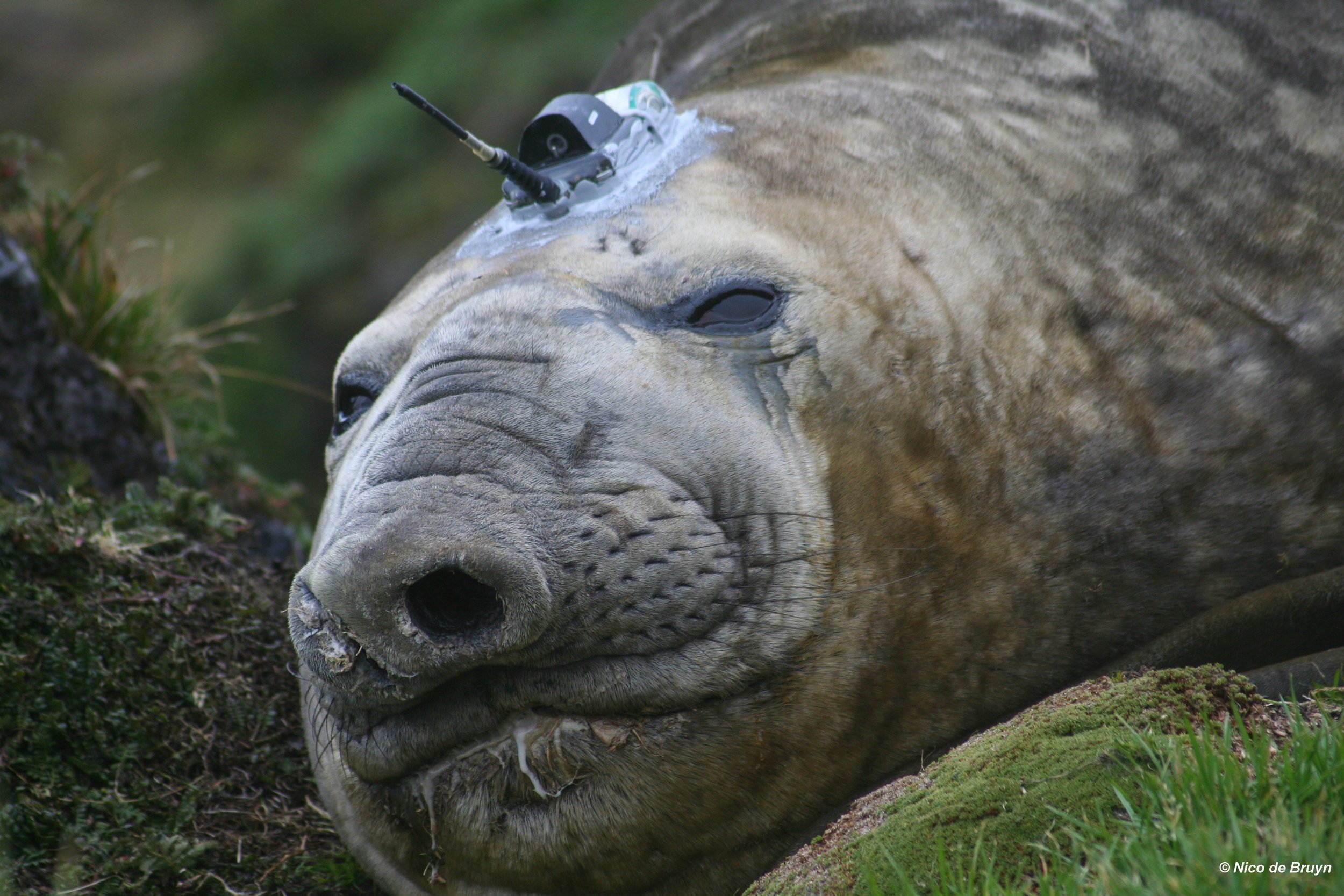Stories from the Antarctic Peninsula
/A view from Harmony Point over to Robert Island in the background (Chris Oosthuizen)
William and Lucas with some chinstrap penguins
“This could be Scott’s hut”, I thought, as I stepped through the door and into the kitchen. Pine food boxes filled the wall to the left, and contained tinned butter, mold-speckled and rusted cans of fish, and gold-with-brown rust-encrusted paraffin food tins. It was dark inside, and damp as if in a cave, as wooden planks were hammered into the outside wall to cover and protect the single window from the elements. Were you able to look through that window, you would have seen the blue ice of the glacier beyond the small cove. Outside it was light, although shortly after 01:00 AM. It was going to be a long morning of shifting gear from the landing beach to the hut. But after the drama of the previous day we were euphoric to be here, even if it meant being deserted at midnight alone on this Antarctic island.
Our journey here had started with delayed flights and two missed connections, and long airport hours. We arrived in Punta Arenas, Chile, on 23 November and 18 hours later stepped aboard “Achilles”, a frigate of the Chilean Navy. There were six of us: Team Harmony Point (Nelson Island) (Chris [South Africa], William [France] and Lucas [Brazil]) and Team Kopaitic (O’Higgens base) (Audun [Norway], Newi [South Africa] and Magdalena [Chile]. Andy [England/Australia] and Heidi [Finland] had already arrived at Deception Island, having left Ushuaia with a 5-star Hurtigruter tourist ship a few days earlier. Our board were of the 1-star variety one associates with army rations. Breakfast was sweet tea and a type of bread-roll, which also featured during afternoon tea. Lunch and dinner was a cooked meal consisting of (s)mash potato (often), rice or pasta, and some form of gravy, a small piece of meat, or a single vienna.
Together, our three teams make up the predator tracking side of “krilltokt”, the Norwegian Polar Institute study to krill, krill-fisheries and ecosystem responses in the Bransfield Strait, West Antarctic Peninsula. Also on the Achilles were scientists from INACh (Instituto Antarctica Chileno) and quite a number of tourists. The tourists never ate with us, and I assume they had a different cook. We departed Punta Arenas 15:00 on 24 November and sailed south through the channels and fjords that lead to the open ocean. The hills and mountains that bound the narrow straits were covered by lush forest, and waterfalls drained the slopes. We passed the Darwin mountains – I am told – and several glaciers. It was a spectacular passage. We were exited to see that night, only to enter the waterways again and to sail in the Beagle Channel past Ushuaia to Puerto Williams, where we docked and went ashore for some hours. We were supposed to leave that night again, but were delayed by stormy weather in the Drake Passage….
We woke at 01:00 AM on 29 November and were ready to go to the island at 02:30 when the zodiac and barge were put to sea. We waved our goodbyes and off we went, like conquering Vikings, splashing into the waves, and speeding to the shore. The barge is called a SKUA, but looked a little like the boats used at Normandy during the Second World War. Fortunately, we had no enemy force shooting at us; instead, Pintado petrels swooped along with us and glided above and ahead without flapping a wing. The fog was thick over the island, which looked inhospitable and cold with snow covering most of the ground. We turned close to the shore and returned to the barge, to tell them where to land. They had engine trouble, with only one of the engines working. We circled them like a vulture waiting for an animal to die. Then we tried to push to barge to shore with our zodiac. We proceeded some distance, but finally the Armada – the Chilean navy – decided to abort the attempt. We were so close.
Communication was difficult – Spanish and English. It took us some 30 minutes to get the barge back to the waiting ship. Our driver thought that the best way to turn the barge was to ram it. At one point we were nearly sunk by the barge as we carelessly drifted in front of it. We were back on the ship, somewhat shell-shocked that we had come so close to being landed but then our attempt was thwarted by an engine, not an uncontrollable variable like weather. The ship lifted anchor and immediately sailed for Fildes Station on King George Island.
We successfully landed on the night of 30 November / 1 December, now nearly two weeks ago. We have settled in, and during a couple of good weather days deployed some 30 tags on penguins, and a camera.
We are currently inhabiting the old Argentinean hut, but will set our tents as soon as we get a decent weather break that does not require immediate work. Though cold and run down (the hut’s door fell off the hinges earlier today, but we have repaired it (like biologists, not engineers)) it has been a great comfort during this first weeks.
Regards from Harmony Point,
Chris
An image from a chinstrap penguin equipped with an underwater camera.




















